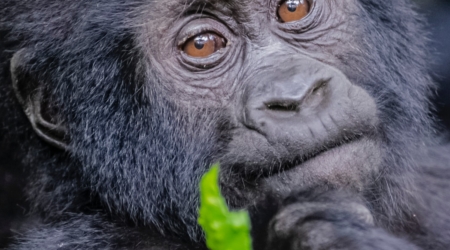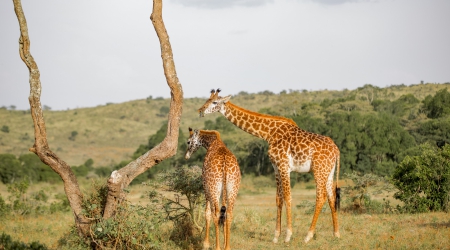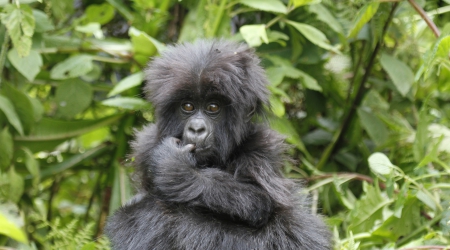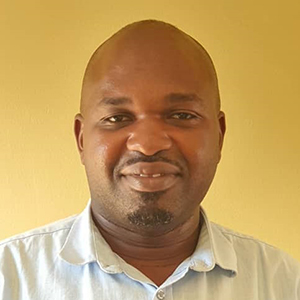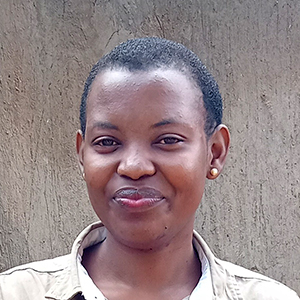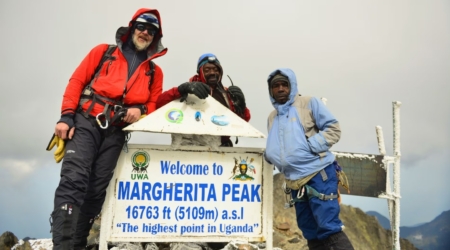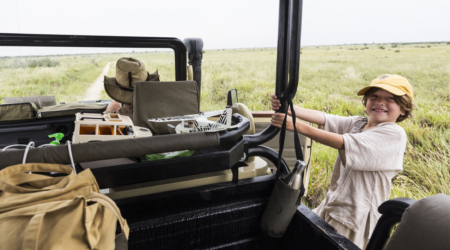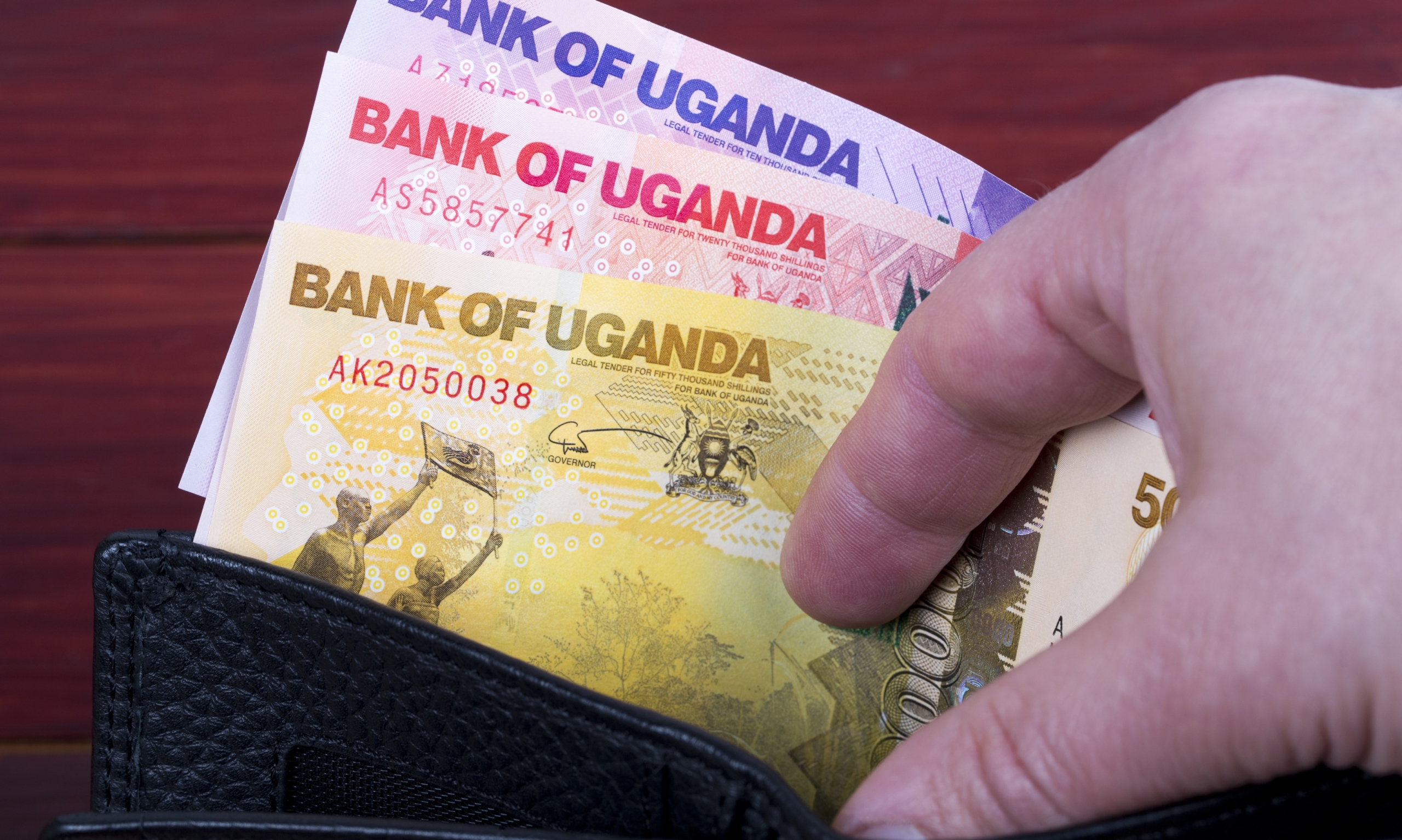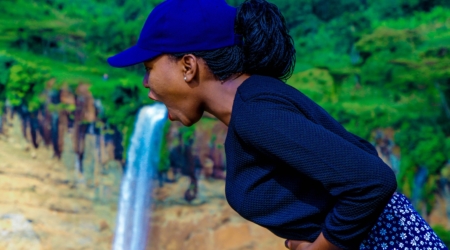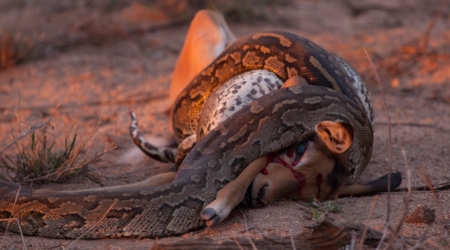Bwindi Impenetrable Forest is a designated UNESCO World Heritage Site and is globally important for mountain gorilla conservation and ecological research.
This bio-gem offers structured gorilla trekking experiences managed by the Uganda Wildlife Authority.
Planning your access to Bwindi demands attention to logistics.
This forest lies far from major airports, and its entry sectors are not all accessible by the same routes.
Road access varies by sector, and scheduled flights operate under specific conditions. Weather, terrain type, and infrastructure affect how and when you arrive.
This article explains your transport options in detail. It outlines air and road routes, entry points, estimated travel times, and the practical decisions required to make the journey efficient and informed.
Where Is Bwindi Impenetrable Forest?
Bwindi Impenetrable Forest lies in the Kigezi highlands of southwestern Uganda. It borders the Democratic Republic of Congo and sits near the northern edge of the Albertine Rift.
The closest Ugandan cities are Kabale and Kisoro, while the Rwandan capital, Kigali, lies to the south.
Administratively, Bwindi falls across four Ugandan districts: Kanungu, Kisoro, Kabale, and Rubanda. These districts contain the access routes and park entry points.
The forest covers about 330 square kilometres and spans elevations from 1,160 to 2,600 metres. These altitudinal shifts influence both vegetation and road infrastructure.
The Uganda Wildlife Authority has divided Bwindi into four operational sectors. Each sector serves as a starting point for gorilla trekking.
These are Buhoma in the north, Ruhija in the east, Rushaga in the south, and Nkuringo in the southwest. Permit allocation aligns with these sectors, so your point of entry depends on your assigned gorilla group.
Each sector varies in accessibility. Buhoma and Ruhija are reachable from the northern corridor, often via Kihihi or Rukungiri. Rushaga and Nkuringo lie closer to Kisoro and the Cyanika border post from Rwanda.
How to get to Bwindi: Transport options
Reaching Bwindi Impenetrable Forest requires deliberate planning.
The forest sits in a remote region of Uganda, and its four entry points lie far from major transit hubs.
Transport options depend on your point of origin, the park sector listed on your gorilla permit, and the time available for internal travel.
Visitors often begin their journey from Entebbe, Kampala, or Kigali. Each route involves either a domestic flight or a long-distance road transfer.
Internal flights shorten the trip, while road travel provides flexibility across multiple stops.
Some use a combination of both to meet logistics or scheduling needs.
Before finalising your route, confirm which sector you will enter.
Access routes vary significantly between Buhoma in the north and Nkuringo in the southwest.
Choosing the right mode of transport helps avoid last-minute confusion and long detours.
1. Getting to Bwindi by Air
Scheduled flights to Bwindi operate between Entebbe International Airport and two primary airstrips: Kihihi and Kisoro.
Both serve as regional access points but connect to different park sectors.
Flights reduce travel time significantly and offer a practical solution for those on structured itineraries.
Aerolink Uganda and Bar Aviation run daily departures from Entebbe. These flights use small aircraft such as the Cessna Caravan, which seats about 11 passengers.
Flights operate in daylight only and often include short stopovers depending on passenger volume and routing.
Kihihi Airstrip supports access to Buhoma and parts of Ruhija. From Kihihi, it takes around 90 minutes by road to reach Buhoma.
Tour operators often arrange a vehicle and driver to meet the plane and complete this final leg. Road conditions vary by season but remain manageable for four-wheel-drive vehicles.
Kisoro Airstrip lies closer to Rushaga and Nkuringo. It provides efficient access to Bwindi’s southern sectors.
From Kisoro, expect a 60 to 90-minute road transfer to most lodge areas. These routes include mountainous sections, especially when heading toward Nkuringo.
Flying into Kigali International Airport presents another route option. Many begin in Rwanda and connect to Bwindi by road through the Cyanika border.
This option works well for those with permits in the southern sectors. Road travel from Kigali to Rushaga or Nkuringo generally takes five hours, depending on border clearance and traffic.
Each air route requires advance coordination.
Tour operators typically include airport pickup, luggage handling, and lodge drop-off. It helps to confirm flight schedules early since weather conditions can delay departures during the wet seasons.
2. Getting to Bwindi by Road
Several road routes connect Bwindi Impenetrable Forest to major towns and airports in Uganda and Rwanda.
Each route differs in distance, drive time, and condition. The road network improves each year, but some sections remain unpaved and weather-sensitive, especially near park boundaries.
From Kampala or Entebbe, the most used route passes through Masaka, Mbarara, and Kabale.
This corridor connects to Buhoma, Ruhija, or Rushaga depending on your detour point. The total distance ranges from 450 to 550 kilometres, with drive times between eight and ten hours.
Traffic, weather, and stopovers affect how long the trip takes.
Those visiting the southern sectors often connect through Kisoro. This town links easily to Rushaga and Nkuringo.
The road from Kabale to Kisoro winds through high-altitude terrain and requires careful driving. From Kisoro town, the final stretch to Bwindi includes steep and narrow segments.
A four-wheel-drive vehicle is essential here.
Coming from Kigali allows for a shorter road transfer.
Most cross the Cyanika or Gatuna border and continue through Kisoro or Kabale, respectively. From Cyanika, the road to Rushaga takes about three hours under dry conditions.
Add border formalities, which range from 30 minutes to two hours, depending on traffic and documentation.
Local knowledge makes a difference. Navigation apps often lack coverage in remote areas, and signage remains limited in some regions.
Most people opt for professional guides or tour companies who handle these logistics and know the conditions year-round.
Choosing the Right Entry Point: Which Sector Are You Visiting?
Every permit issued for gorilla trekking in Bwindi is tied to a specific park sector. These sectors determine your access route, lodge location, and ranger station.
Understanding which one you will enter helps you plan transport and accommodation with accuracy. Each sector operates independently and follows distinct logistics.
a) Buhoma Sector
Buhoma sits in the northern part of Bwindi. It was the first sector to offer gorilla trekking and remains a well-developed access point. Permits for Buhoma are in high demand and often sell out quickly.
Most who trek here fly into Kihiihi or drive from Kampala through Rukungiri. From Kihihi Airstrip, the road to Buhoma takes about 90 minutes.
The route remains passable year-round, though some sections turn muddy during the rains.
b) Ruhija Sector
Ruhija lies east of Buhoma, between Kabale and Buhoma. It serves as one of the highest-altitude entry points. Access by road usually comes from Kabale or from Buhoma via Ruhija Road.
This route cuts across forested ridges and involves sharp curves and slow descents. Ruhija receives fewer visitors than other sectors, which can influence accommodation availability and permit allocation.
c) Rushaga Sector
Rushaga covers a wide southern belt of the park. It offers a large number of gorilla permits and lies closest to Kisoro.
Most who trek here drive from Kisoro Town or arrive through the Cyanika border after landing in Kigali.
From Kisoro, the drive to Rushaga takes about two hours, depending on weather and road conditions. This route includes narrow segments that pass through agricultural hillsides and rural villages.
d) Nkuringo Sector
Nkuringo is the most remote of the four sectors and sits southwest of the park. The road from Kisoro climbs steadily to reach it.
Drive time ranges from 90 minutes to two hours. This sector requires a vehicle with high ground clearance.
Those using air transport usually land at Kisoro and continue by road. Nkuringo offers steep trekking trails and lower visitor volumes, which appeal to those seeking less frequented routes.
Conclusion: Practical Tips for Visitors
Plan transport and accommodation together. Bwindi’s sectors are spread out, and the distance between them often takes more time than expected. Booking a lodge in the wrong sector complicates logistics and risks missing a gorilla trek.
Confirm your gorilla trekking permit before finalising transport. Each permit is assigned to a specific sector and group. You cannot switch sectors without an official reallocation. Permits are limited, especially in peak months, so secure yours early.
Carry local currency in small denominations. Remote areas may not accept cards, and mobile money services have network issues. Most lodges accept credit cards but apply surcharges and depend on generator power.
Use a four-wheel-drive vehicle at all times, even during the dry season. Roads into Bwindi include clay surfaces, stream crossings, and steep sections. Unexpected rainfall makes some segments slippery and slow.
Pack conservatively but efficiently. Include waterproof clothing, trekking boots with grip, insect repellent, and a headlamp. Power outages occur, and many lodges run on solar systems with limited wattage.
Schedule with buffer time. Road conditions, wildlife movement, and weather changes can slow down transit. Arrive in Bwindi a day before your trek to avoid last-minute stress.
Inform your lodge or operator of your arrival window. Flights often land late in the day, and remote lodges require planning to prepare for evening check-in or dinner service.







